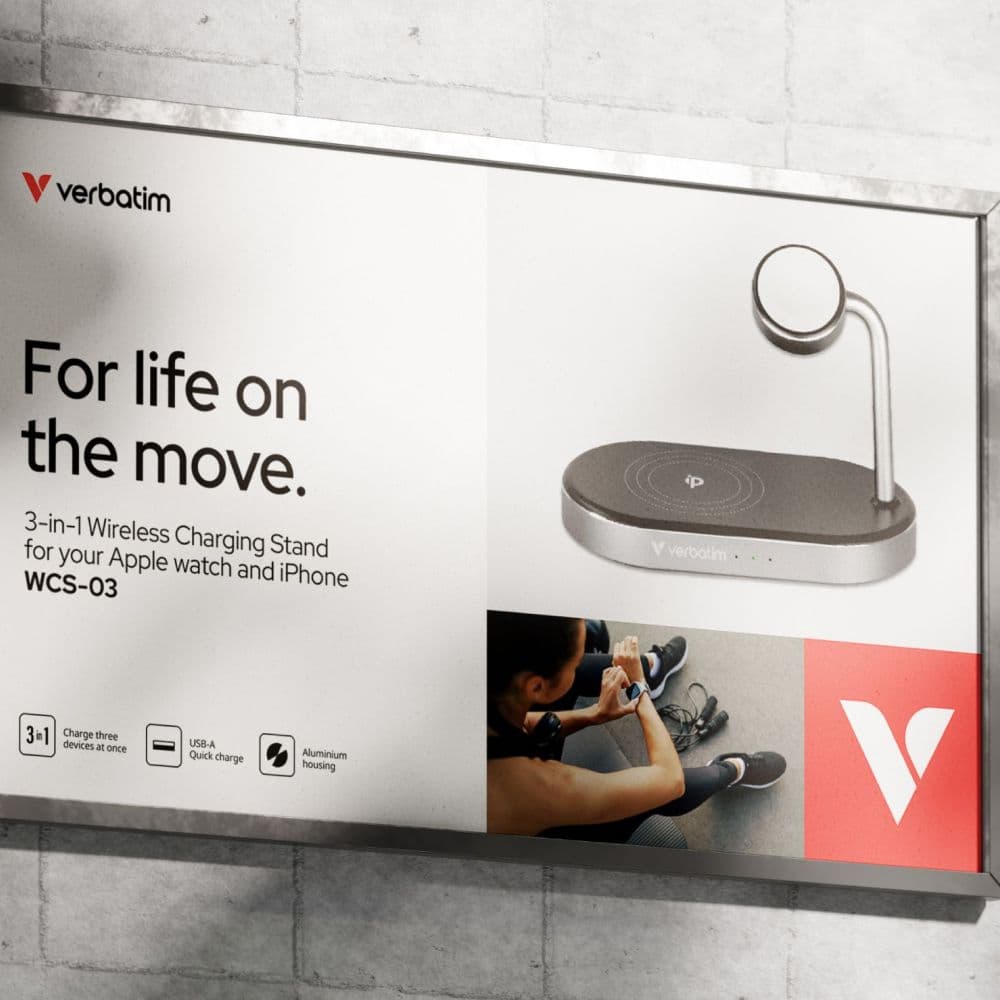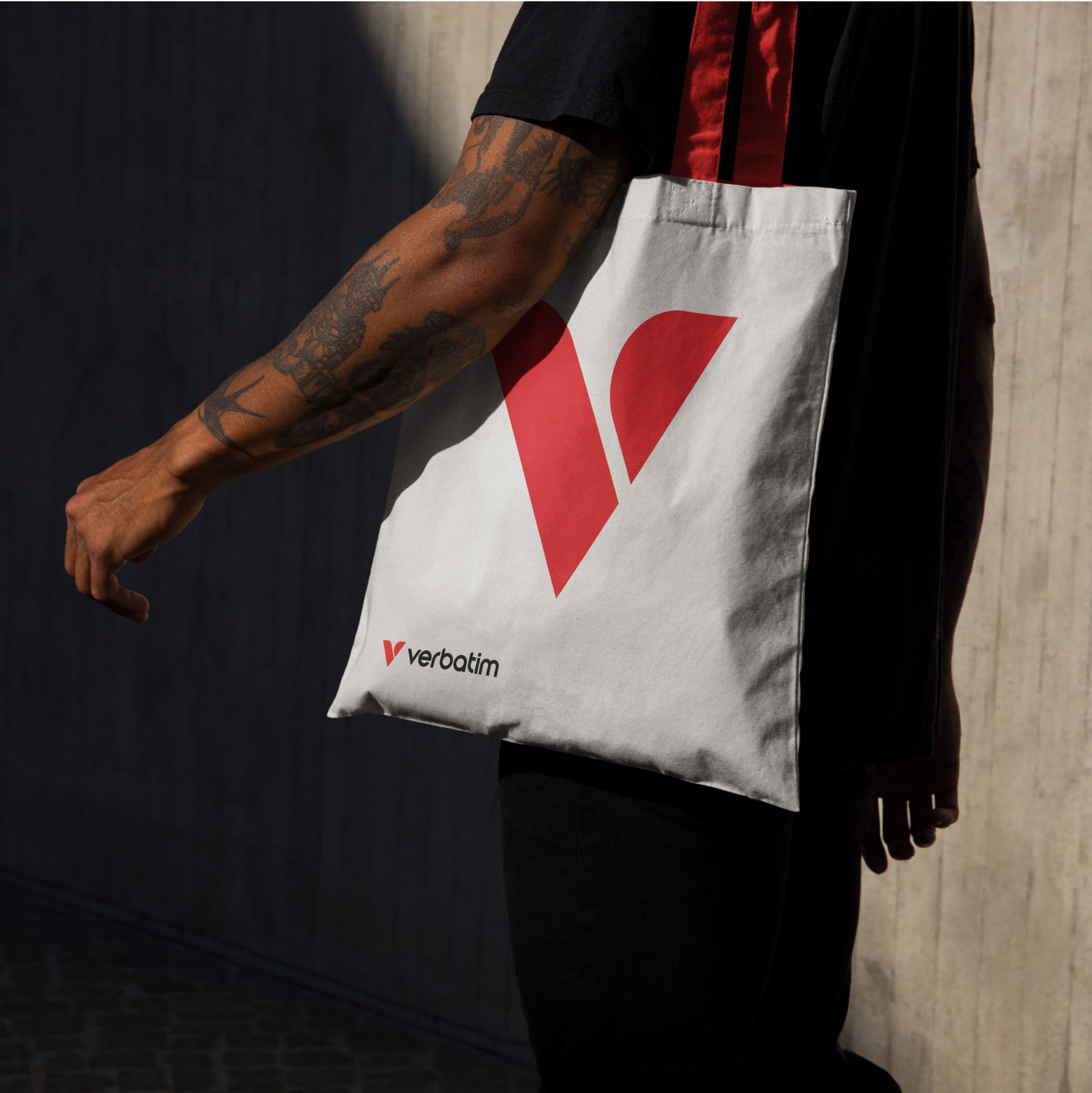Lately at Dusted, we’ve seen the same challenge cropping up in brand strategy projects — portfolios tangled in layers of product and service names that add more noise than meaning.
So, I wanted to share a brief look at how we approach fixing that. Because, to me, the smartest brand architecture…
Insights.
Breaking the mould. The AI design trends cutting through the noise.
8 min readDesign has always evolved alongside and through its tools. From Photoshop to web templates, each technological leap reshaped how we create and challenged what originality meant. AI marks the next inflexion point. It has been creeping in for years through features like Content-Aware Fill and…Into the world. Seeking beyond the brief.
4 min readAt Dusted, we believe inspiration hides in experiences and sensations that sit beyond our immediate world of brand, digital and activation. That’s why we created Seek. Seek is our internal engagement programme designed to immerse us in the wider culture. Two team members, one activity, no agenda.…Marketing trends 2026. Real insight from the frontlines.
5 min readAs Content Marketing Executive at Dusted, attending the yearly Technology for Marketing (TFM) conference has become a bit of a tradition. And this year was no different. Last month, I spent a full day roaming the halls of ExCel London, as hungry for knowledge as an overachieving fresher on her…Focus groups for market research. Decoding the future of medicalised skincare.
6 min readSkincare routines might not be Dusted’s specialism. But we are experts in medtech. And that’s exactly why Natural Products Factory came to us. Founded in 2011 by Dr Pauline Hili, Natural Products Factory is a manufacturing hub that harnesses the power of natural ingredients to promote skin…Converged connectivity. The tipping point for IoT.
8 min readThe Internet of Things (IoT) has been a hot topic for decades. But the dream of the connected fridge that orders its own goods remains elusive. IoT has promised a lot, but many ideas have remained at the proof-of-concept stage and gone no further. What exactly is preventing this technology with…Responsive design trends in the age of AI.
5 min readCreative trends often feel like they appear out of thin air. But most aren’t random at all. They grow over years, shaped by evolving audience needs and the technology fuelling them. AI has now given us shiny new tools to meet those needs at speed. To surface the latent ambitions of seasoned…Generative Engine Optimisation. The new frontier of digital strategy.
4 min readTL;DR Search is transforming. Fast. Today, visibility means being cited by AI platforms like ChatGPT and Google's AI Overviews, not just ranking in traditional search. This is Generative Engine Optimisation (GEO), ensuring your content earns its place in the AI conversation by being…Beyond movement. How motion branding creates deeper brand experiences.
5 min readBetween crowded scrolls and an ensemble of screens surrounding our every step, the world now moves faster than ever. And brands have embraced this rhythm. Recent trend reports call out this surge. Many now use motion design to match the speed of modern living. But leading brands see beyond…The new rules of contemporary logo design.
6 min readOnce a stamp of ownership, now a dynamic expression of identity. In a world of fluid interfaces and fast-moving feeds, leading brands are pushing the limits of logo design. What logos can do and how they behave. This article unpacks what the future of logos looks like in an interactive world,…Design Week recognises Dusted’s rebrand.
1 min readDesign Week’s latest feature on the wave of agency rebrands put the spotlight on us. A recognition of the journey we’ve been shaping for the past two years. This summer, we launched our refreshed identity. Built on the same principles we apply to every client: hold onto what works, sharpen what…Introducing WAVE. The creative industry trends shaping brand & activation.
4 min readIntroducing WAVE: our new series tracking what’s now and next in branding and activation. Each edition will explore a hot topic through the lens of emerging creative trends, the digital innovation leading them and the cultural context shaping them. And we start with AI. Arguably the hot topic…Trust in fintech. The biggest differentiator in the age of AI.
5 min readLondon Tech Week and TNW shone a spotlight on the pace and promise of AI in the financial industry. But beneath the surface of innovation lies a fundamental truth: AI might move fast, but trust doesn’t. And in fintech, trust is everything. For fintech platforms rolling out AI-powered services,…Built for now. Future-ready. Distinctly Different.
4 min readWe’ve refreshed our own brand, doubling down on what matters: built-for-now thinking, future-ready ambition, and a promise to make every client Distinctly Different. Ambition to vision. After 21 years, the energy still feels day one. That’s because our independence keeps us nimble, and our…WordPress vs headless CMS. Here’s what’s best for your team.
4 min readTL;DR WordPress has been the ubiquitous face of content management for nearly two decades, yet the digital landscape is rapidly evolving. While WordPress remains ideal for lean teams and straightforward publishing with its intuitive editor and vast plugin ecosystem, its limitations at enterprise…Accessibility is credibility. Common gaps in digital access.
5 min readA million websites. 96% with accessibility shortcomings. That is the reality WebAIM uncovered in its latest survey. Accessibility isn't niche compliance. It's the foundation of digital credibility. Yet most organisations still patch issues at the edges rather than building accessibility into…Hyper-personalisation in UX. The defining trend for 2025.
4 min readWeb experiences are evolving. Static pages are giving way to interfaces that adapt in real time, tuned to behaviour, context, and need. Navigation responds to previous choices. Layouts flex to intent. What used to be static is now in motion. Because in 2025, users arrive on a website with an…Content governance strategy. The missing piece in digital experience management.
5 min readDigital estates are growing fast, and many organisations now operate as publishers. Marketing, sales, and service all rely on a steady flow of content to connect with their audiences. Without clear governance, that connection weakens, and the digital experience becomes harder to…Raising your ESG score with smarter digital strategies.
5 min readEnvironmental, Social and Governance (ESG) principles, once confined to corporate reports, now extend into the digital layer. Every site has a footprint. Every site has a score. This score tracks carbon footprint, inclusivity, and the way data is handled. In the US alone, Deloitte projects data…Dusted strikes gold (again!) at the Transform Awards 2025
2 min readAnother memorable night at the Transform Awards Europe – the only awards programme dedicated to celebrating excellence in rebranding, repositioning, and brand development. Now in its 16th year, the event took place at The Brewery Venue, London, gathering leading figures from the branding and…










[Contact us]
Let’s build your brand edge.
Schedule a free consultation with our award-wining team to see how we can transform your brand.